
About Doctrine of Lis Pendens:
- Lis pendens in common parlance means “a pending legal action”.
- The maxim representing this doctrine means that ‘during the pendency of litigation, nothing new should be introduced, and to maintain the status quo, to abstain from doing anything which may affect any party to the litigation.
- It is based on the principle that during the pendency of a suit, the subject matter of it (i.e. the property in the suit) should not be transferred to a third party.
- It is dealt with in Section 52 of the Transfer of Property Act, 1882, which provides that if there is any transfer of any immovable property pending litigation, the same shall not affect the rights of the parties in respect to the immovable property.
- The outcome of the litigation, passed by a court of competent jurisdiction, in the matter during the pendency of which the transfer had taken place would be binding upon such a purchaser, who has purchased the property during the pending litigation.
- It serves to protect the rights and interests of parties involved in a pending law suit concerning a specific property.
Effect of Doctrine of Lis Pendens:
- The effect of the rule of lis pendens is not to invalidate or avoid the transfer but to make it subject to the result of the litigation.
- According to this rule, therefore, whosoever purchases property during the pendency of a suit is bound by the judgment that may be made against the person from whom he derived the title, even though such a purchaser was not a party to the action or had no notice of the pending litigation.
Conditions for Applicability: The Supreme Court has stated the required elements for the applicability of the rule of lis pendens under Section 52. They are as follows:
- The suit must be in the proceeding.
- The instituted suit should be filed in court with competent jurisdiction.
- The right of title of an immovable property is directly and specifically in question.
- The suit directly affects the rights of the other party.
- The property in question is being transferred by either party.
- The suit must not be collusive (a suit in which a decree is obtained by fraud or collusion) in nature.
Non-Applicability of Doctrine: This doctrine is not applicable in certain cases. They are as follows:
- Sale made by the mortgager in the exercise of his power conferred under the deed.
- In cases where only the transferor is affected.
- In cases where proceedings are collusive in nature.
- When the property is not described correctly and makes it unidentifiable.
- When the right to the said property is not directly in question and alienation is permitted
2. What is Hellfire Missile?
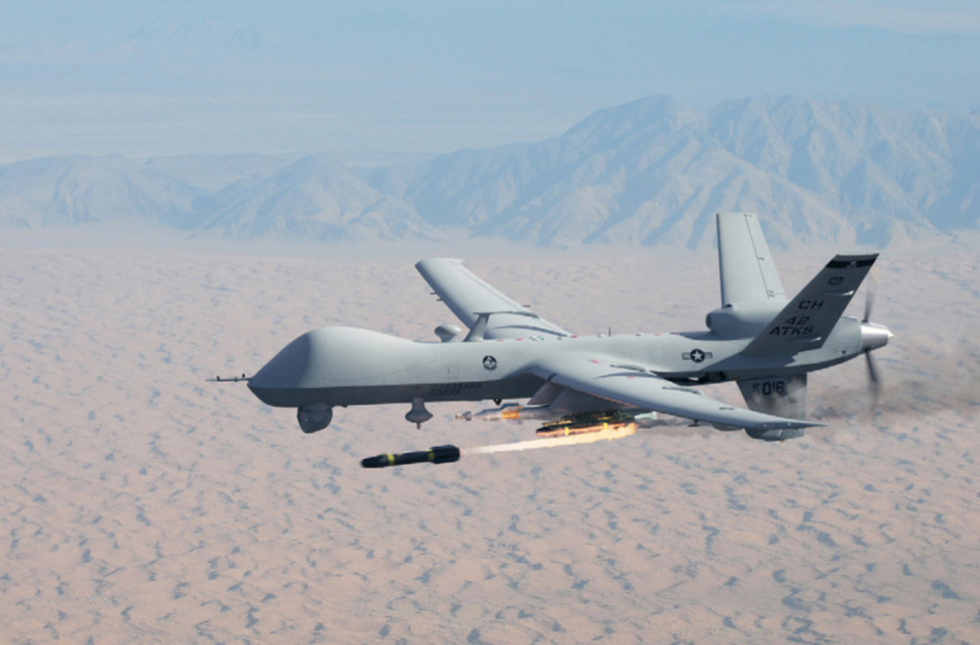
About Hellfire Missile:
- The AGM-114 Hellfire missile is one of the most popular short-range air-to-ground (sometimes air-to-air) laser-guided, subsonic tactical missiles used by the United States military as well as 30 US allies.
- The United States began developing the AGM-114 Hellfire in 1972 to address the Army’s requirement for a helicopter-launched antitank missile to counter Soviet armor formations.
- The missile is used to target armored vehicles, including tanks, bunkers, radar systems and antennas, communications equipment, soft targets, or hovering helicopters.
- It is the missile of choice for several kinds of Unmanned Aerial Vehicles (UAVs), such as the MQ-1B Predator, MQ-9 Reaper, and MQ-1C Grey Eagle.
- Features:
- It has a length of 1.62 m, a diameter of 17.7 cm and a wingspan of 0.71 m.
- Each Hellfire weighs 45.4 kg-49 kg including an 8 kg-9 kg multipurpose warhead.
- It is propelled by a single-stage solid-propellant solid-fuel rocket motor.
- The missile has a maximum velocity of 950 mph.
- Range: 7-11 km
- The AGM-114R multipurpose missile is the latest in the Hellfire II missile range.
- Also known as the Hellfire Romeo, the missile integrates the capabilities of all previous Hellfire II variants.
- It can be launched from several different kinds of fixed-wing aircraft and helicopters, surface ships, and military ground vehicles.
- It uses a semi-active laser guidance system and an integrated blast fragmentation sleeve warhead to engage targets that previously needed several Hellfire variants to destroy.
3. Roopkund Lake

About Roopkund Lake:
- Roopkund, also known as the " lake of skeletons” is a glacial lake in Uttarakhand.
- It is situated at 16,500 feet above sea level at the base of Mt. Trishul in the Garhwal Himalayas.
- Measuring a mere 130 feet in width, the lake is encased in ice for the majority of the year.
- It is surrounded by snow-capped peaks and lush green meadows.
- Mystery:
- It is called the "lake of skeletons" as the glacial body conceals numbers of human skeletons, some with preserved flesh. These skeletons become visible when snow melts in the region.
- These skeletal remains, dating back to around the 9th century AD, have led to various theories about the cause of death.
- A 2019 study by scientists from India, the US, and Germany challenged the belief that the skeletons belonged to a single group that perished in a single event, instead suggesting they were genetically diverse individuals who died over a span of up to 1,000 years.
4. What is the Food and Agriculture Organisation (FAO)?
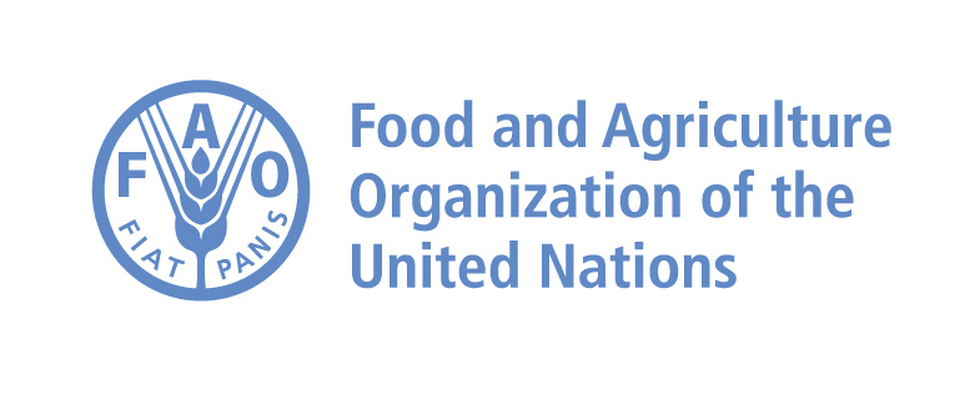
About Food and Agriculture Organisation (FAO):
- It is a specialized agency of the United Nations (UN) that leads international efforts to defeat hunger.
- It is the oldest permanent specialized agency of the UN, established in October 1945.
- Mandate: To improve nutrition, increase agricultural productivity, raise the standard of living in rural populations, and contribute to global economic growth.
- The FAO coordinates the efforts of governments and technical agencies in programs for developing agriculture, forestry, fisheries, and land and water resources.
- Other Functions:
- Carries out research;
- Provides technical assistance on projects in individual countries;
- Operates educational programs through seminars and training centres;
- Maintains information and support services, including keeping statistics on world production, trade, and consumption of agricultural commodities;
- Publishes a number of periodicals, yearbooks, and research bulletins.
- Headquarters: Rome, Italy.
- Members: It currently has 194 Member States plus the European Union (member organization).
- Funding: FAO receives 100 percent of its funding from its member countries.
- In case of scarcity or conflict, the FAO usually does not intervene directly with food relief operations. Within the UN system, these activities are generally entrusted to the World Food Program.
- Reports published by the FAO: The State of the World's Forests (SOFO), The State of World Fisheries and Aquaculture (SOFIA), The State of Agricultural Commodity Markets (SOCO), The State of Food Security and Nutrition in the World (SOFI).
5. Who are the Hibakusha?
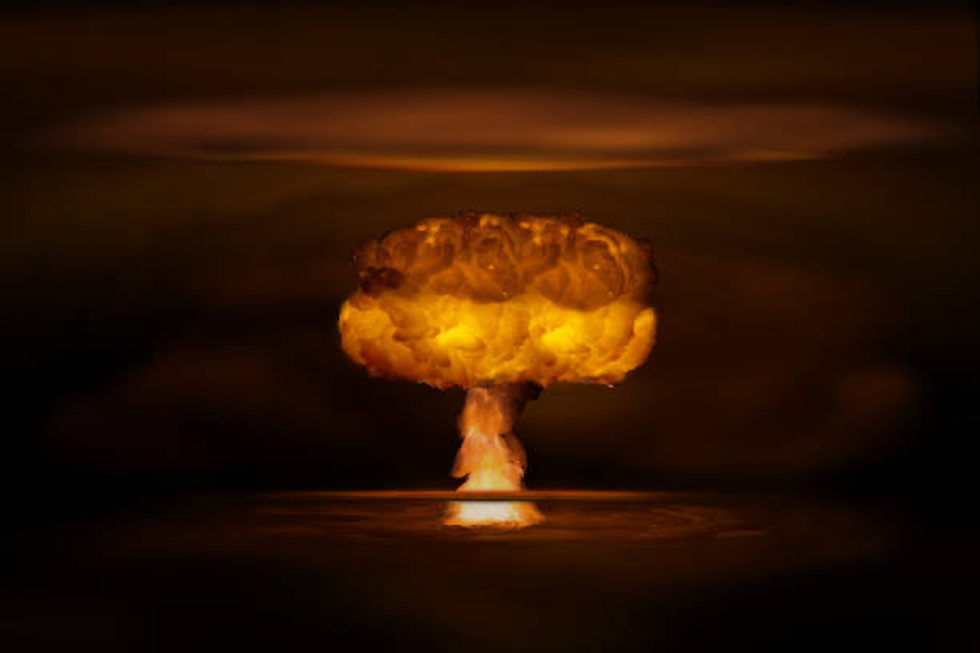
About Hibakusha:
- Hibakusha is the Japanese word for survivors of the 1945 atomic bomb attacks on Hiroshima and Nagasaki.
- On August 6, 1945, the United States dropped the Little Boy atomic bomb on Hiroshima, Japan.
- Three days later, the US dropped a second atomic bomb, known as Fat Man, on Nagasaki, Japan.
- By the end of 1945, more than 200,000 people died as a direct result of these bombings.
- Many thousands of people survived with injuries from the attacks. They came to be known as hibakusha, which translates to bomb-affected people.
- Niju hibakusha, double survivors, applies to more than 160 people who were present at both Hiroshima and Nagasaki.
- Currently, the combined number of ‘hibakusha’ who are alive is officially 1,06,825, according to Japan’s Ministry of Health, Labor and Welfare. Their average age is 85.6 years.
- Hibakusha receives support from the Japanese government, including a medical allowance.
- However, in Japan there continues to be discrimination against both the hibakusha and their children, and even grandchildren, based on the common belief that they may be physically or psychologically weakened and that radiation effects are hereditary or contagious.
6. What are Swell Waves?
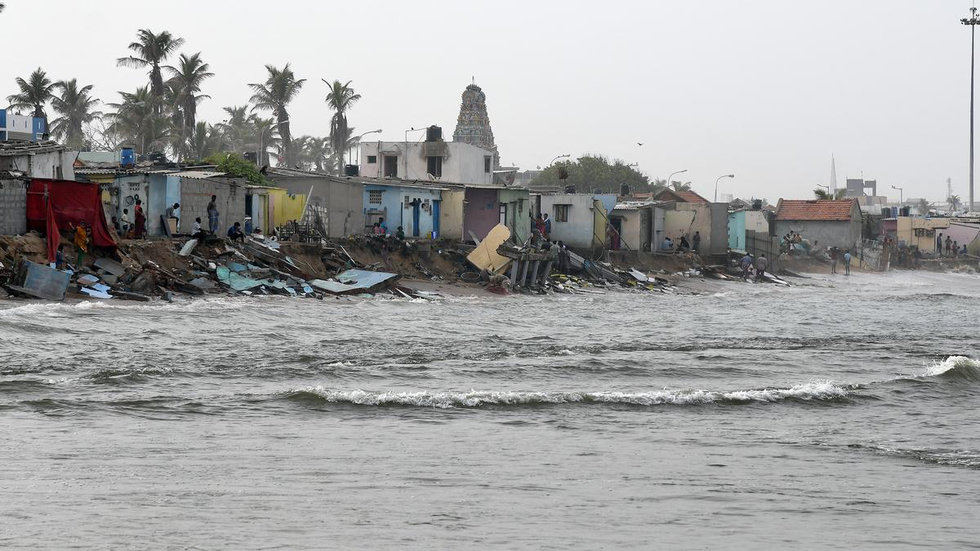
About Swell Waves:
- A swell is the formation of long wavelength waves on the surface of the sea. These are composed of a series of surface gravity waves.
- Swell waves organise themselves into groups of similar heights and periods and then travel long distances without much change.
- Formation:
- They occur not due to the local winds, but rather due to distant storms like hurricanes, or even long periods of fierce gale winds.
- During such storms, huge energy transfer takes place from the air into the water, leading to the formation of very high waves. Such waves can travel thousands of kilometres from the storm centre until they strike shore.
- Features
- Swells have a narrower range of frequencies and directions than locally generated wind waves, because swell waves have dispersed from their generation area, have dissipated and therefore lost an amount of randomness, taking on a more defined shape and direction.
- These waves can propagate in directions that differ from the direction of the wind, in contrast to a wind sea.
- Their wavelengths may rarely exceed more than 150 m. Swell wavelength, also, varies from event to event. Occasionally, swells which are longer than 700 m occur as a result of the most severe storms.
- It occurs without precursors or any kind of local wind activity and as a result.
- In India early warning systems like the Swell Surge Forecast System launched by the Indian National Centre for Ocean Information Services (INCOIS) in 2020 — give forewarning seven days in advance.
What is Ossification test?

About Ossification test:
- An ossification test is a medical procedure that analyses bones in order to determine age.
- This test involves taking X-rays of certain bones in the body, such as the clavicle, sternum, and pelvis, to determine the degree of growth in our bones.
- Because certain bones harden and fuse with each other at certain ages according to a human's developmental stage, the bones can be a way of marking age.
- These bones are chosen because they tend to undergo the most dramatic changes in their form as a person ages.
- Example: The clavicle, for instance, is a long bone connecting the shoulder blade to the sternum. It undergoes a gradual fusion of growth plates as a person matures.
- In children and adolescents, ossification reflects the progression of bone development, with certain bones hardening at specific ages.
- Application of Ossification test
- This test is commonly used in forensic science and legal contexts to accurately determine an individual's age when needed.
- It is also used in some medical settings, such as to assess skeletal maturity in children with growth disorders.
8. What is Mechazilla?
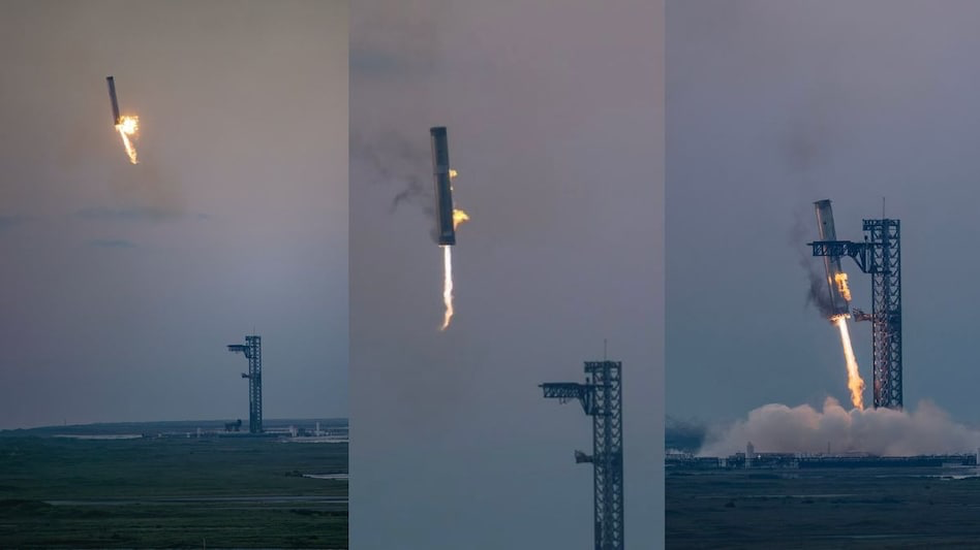
About Mechazilla:
- It is the nickname for the large 400-ft rocket-catching structure at SpaceX's Starbase.
- Feature
- It features two enormous mechanical arms, often referred to as "chopsticks." These arms are designed to catch the Super Heavy booster in midair as it returns to Earth.
- Working of Mechazilla
- Launch and Ascent: The SpaceX Starship rocket, along with its Super Heavy booster, launches from the ground.
- Booster Separation: After reaching a certain altitude, the booster separates from the upper stage of the rocket.
- Controlled Descent: The booster begins descending back to Earth, using precision thrusters to control its path.
- Catching the Booster: As the booster nears the landing site, Mechazilla's giant arms move into position. The booster hovers briefly before the arms catch it, ensuring a safe and controlled landing.
- Significance:
- Re-useable: This new method of rocket recovery is far more efficient and reusable compared to traditional landing techniques.
- Cost effective: By catching the booster in midair, SpaceX can quickly refurbish and reuse it, significantly reducing launch costs and increasing the sustainability of space missions.
9. e-Migrate Portal
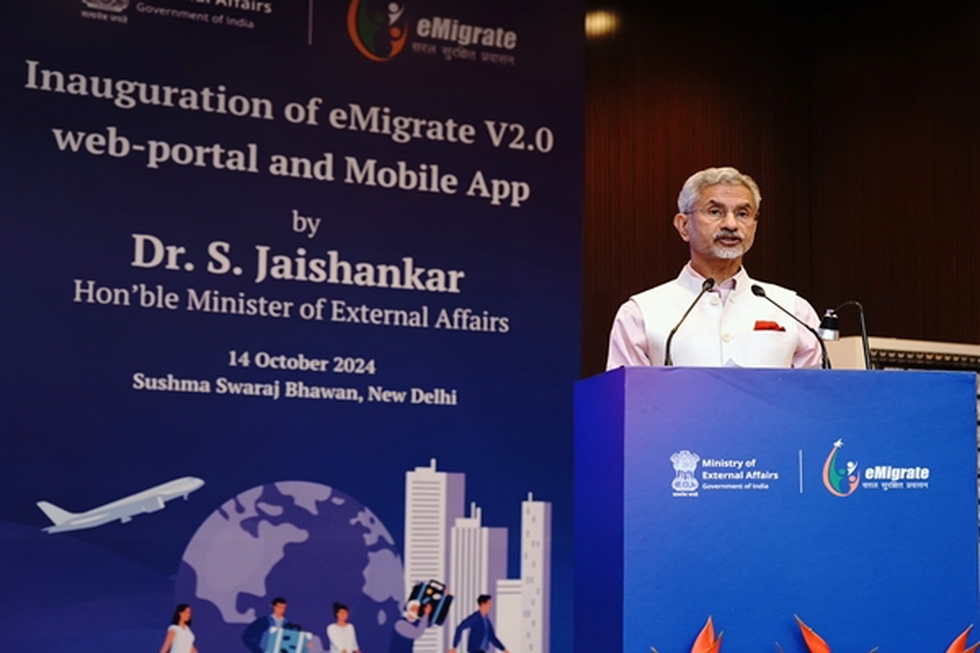
About e-Migrate Portal:
- It is an online platform launched by the Government of India to facilitate and manage the migration of Indian workers seeking employment abroad.
- It aims to provide a safe and transparent framework for migrant workers by offering various services, including information access, documentation, helpline support, integration with services and awareness campaigns
- It promotes safe and legal mobility channels for Indian migrants.
- The enhanced e-Migrate portal aligns with the United Nations' Sustainable Development Goal 10, promoting orderly and responsible migration.
- Features
- The upgraded platform offers 24/7 multilingual helpline support and a feature for feedback, ensuring timely redressal of issues faced by workers abroad, especially in the Gulf region.
- The revamped system integrates with Digilocker, enabling secure, paperless document submission.
- Additionally, a partnership with Common Service Centres (CSCs) will expand immigration services to rural areas in local languages, enhancing accessibility.
- The platform also supports job-seekers by offering a one-stop marketplace for overseas employment opportunities.
10. Diphtheria

About Diphtheria:
- It is a serious contagious bacterial infection of the nose and throat.
- It is caused by strains of bacteria called Corynebacterium diphtheriae that make a toxin.
- Transmission:
- It can spread from person to person, usually through respiratory droplets, like from coughing or sneezing.
- People can also get sick from touching infected open sores or ulcers.
- The bacteria can also infect the skin, causing open sores or ulcers. However, diphtheria skin infections rarely result in severe disease.
- Although diphtheria can be treated with medications, in advanced stages, the bacterial infection can damage the heart, kidneys and nervous system.
- Symptoms:
- Typical symptoms of the infection include a sore throat, fever, swollen neck glands and weakness.
- Within 2–3 from infection, the dead tissue in the respiratory tract forms a thick, grey coating that can cover tissues in the nose, tonsils and throat, making it hard to breathe and swallow.
- Treatments
- neutralization of unbound toxin with Diphtheria Antitoxin (DAT)
- antibiotics to prevent further bacterial growth;
- monitoring and supportive care to prevent and treat complications, e.g. airway obstruction, myocarditis.


























































































































































.png)
.png)
.png)
.png)
.png)


.png)
.png)
.png)





.png)
.png)






.png)
.png)
.png)
.png)
.png)
.png)
.png)
.png)
.png)

.png)







.png)
.png)


.png)
.png)
.png)


.png)

.png)
.png)





.jpg)

.png)
.png)


.png)

.png)
.png)
.png)

.jpg)

.jpg)


.png)

.png)
.png)
.png)
.png)
.png)
.png)
.png)
.png)
.png)
.png)




.png)

.png)





.png)
.png)
.png)
.png)
.png)
.png)
.png)
.png)
.png)
.png)
.jpg)
.jpg)

.png)
.png)
.png)
.png)
.png)
.png)
.png)
.png)
.png)
.png)
.png)
.png)
.png)
.png)
.png)
.png)
.png)
.png)
.png)
.png)
.png)
.png)



.png)
.png)

.jpg)
.jpg)


.jpg)
.jpg)
.jpg)
.jpg)
.jpg)

.jpg)








.jpg)
.jpg)
.jpg)
.jpg)
.jpg)

















.jpg)
.jpg)







.jpg)


















.jpg)
.jpg)






























































































.jpg)
.jpg)


























.jpg)

.jpg)










.jpg)








.jpg)




.jpg)










.jpg)


















.jpg)












































.jpg)














.jpg)
.jpg)
.jpg)





.jpg)

.jpg)
.jpg)





































































.jpg)


































.jpg)
.jpg)
















































.jpg)












.jpg)


.jpg)




.jpg)
.jpg)
.jpg)

.jpg)
.jpg)
.jpg)
.jpg)

.jpg)
.jpg)
.jpg)

.jpg)
.jpg)
.jpg)
.jpg)
.jpg)
.jpg)
.jpg)
.jpg)

.jpg)


.jpg)
.jpg)
.jpg)
.jpg)
.jpg)
.jpg)
.jpg)
.jpg)
.jpg)
.jpg)











.jpg)
.jpg)





.jpg)
.jpg)
.jpg)
























.jpg)
























.jpg)









.jpg)
.jpg)







.jpg)
.jpg)









































.jpg)
.jpg)
.jpg)
.jpg)
.jpg)

.jpg)
.jpg)
.jpg)
.jpg)
.jpg)


.jpg)
.jpg)
.jpg)
.jpg)
.jpg)

.jpg)
.jpg)
.jpg)
.jpg)
.jpg)
.jpg)
.jpg)
.jpg)
.jpg)
.jpg)
.png)

.png)
.png)

.png)
.png)
.png)
.png)


.jpg)
.jpg)

.jpg)
.jpg)
.jpg)

.png)
.png)
.png)
.png)
.png)
.png)
.png)

.png)
.png)
.png)
.png)
.png)
.png)
.png)
.png)
.png)
.png)





































































-min.png)



.png)




.png)








































